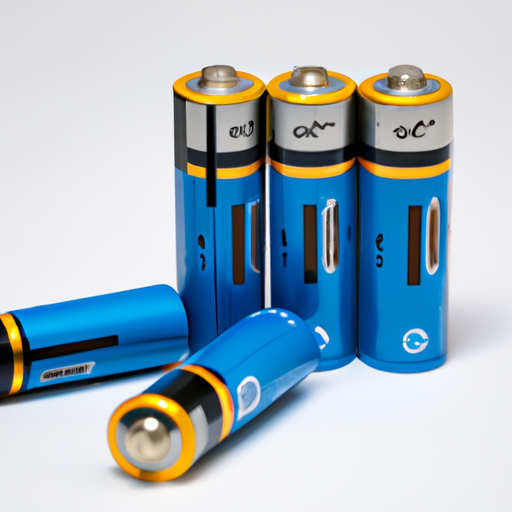AM-2PIX Batteries Rechargeable (Secondary): Core Functional Technologies and Applications
Rechargeable batteries, or secondary batteries, are integral to modern technology, powering a wide range of devices from consumer electronics to electric vehicles. While "AM-2PIX" may not be a widely recognized term, it can be interpreted as a specific category or model of rechargeable battery technology. Below, we explore the core functional technologies, relevant articles, and application development cases that highlight the effectiveness of rechargeable batteries.
Core Functional Technologies
| 1. Lithium-Ion Technology | |
| 2. Nickel-Metal Hydride (NiMH) | |
| 3. Solid-State Batteries | |
| 4. Flow Batteries | |
| 5. Graphene Batteries | |
| 1. "Advancements in Lithium-Ion Battery Technology" | |
| 2. "The Future of Solid-State Batteries" | |
| 3. "Comparative Analysis of Rechargeable Battery Technologies" | |
| 4. "The Role of Rechargeable Batteries in Renewable Energy Systems" | |
| 1. Electric Vehicles (EVs) | |
| 2. Consumer Electronics | |
| 3. Grid Energy Storage | |
| 4. Medical Devices | |
| 5. Smartphones and Wearables | |
Articles and Research
Application Development Cases
Conclusion

Rechargeable batteries are pivotal in driving technological advancements across various sectors. Ongoing research and development aim to enhance their efficiency, safety, and environmental sustainability. Understanding the core technologies and their applications is essential for stakeholders involved in the development and utilization of rechargeable battery systems. As technology continues to evolve, the potential for innovative applications and improved battery performance remains vast.
AM-2PIX Batteries Rechargeable (Secondary): Core Functional Technologies and Applications
Rechargeable batteries, or secondary batteries, are integral to modern technology, powering a wide range of devices from consumer electronics to electric vehicles. While "AM-2PIX" may not be a widely recognized term, it can be interpreted as a specific category or model of rechargeable battery technology. Below, we explore the core functional technologies, relevant articles, and application development cases that highlight the effectiveness of rechargeable batteries.
Core Functional Technologies
| 1. Lithium-Ion Technology | |
| 2. Nickel-Metal Hydride (NiMH) | |
| 3. Solid-State Batteries | |
| 4. Flow Batteries | |
| 5. Graphene Batteries | |
| 1. "Advancements in Lithium-Ion Battery Technology" | |
| 2. "The Future of Solid-State Batteries" | |
| 3. "Comparative Analysis of Rechargeable Battery Technologies" | |
| 4. "The Role of Rechargeable Batteries in Renewable Energy Systems" | |
| 1. Electric Vehicles (EVs) | |
| 2. Consumer Electronics | |
| 3. Grid Energy Storage | |
| 4. Medical Devices | |
| 5. Smartphones and Wearables | |
Articles and Research
Application Development Cases
Conclusion

Rechargeable batteries are pivotal in driving technological advancements across various sectors. Ongoing research and development aim to enhance their efficiency, safety, and environmental sustainability. Understanding the core technologies and their applications is essential for stakeholders involved in the development and utilization of rechargeable battery systems. As technology continues to evolve, the potential for innovative applications and improved battery performance remains vast.













